Iranian Bactrian Camel – Natural World Heritage
Iranian Bactrian Camel – Natural World Heritage
Prof. Amir Niasari-Naslaji (D.V.M., Ph.D)
Bactrian camel is one of the indigenous species in Iran which requires specific attention to be revived. The main habitant of this species is north part of Iran in Ardabil province where the weather could become extremely cold. Bactrian camel was domesticated within in the territory of an old Persian empire, in the east coast of Caspian Sea, nearly 2500 years BC. The presence of carving of this species in Persepolis of Iran in an eminent feature of the importance of this species for Persian army. Lack of attention to the prevention of this species from the threat of extinction drastically affected the population of this species to less than 150 heads which brought this species to the edge of extinction. Recent research between Iranian and Chinese scientists has brought the new insights regarding the genetic diversity of this species. These findings revealed that regardless of low population, Iranian Bactrian camel has great genetic diversity that does not allow inbreeding to occur in near future. Besides, they found that Chinese population of Bactrian camel (more than 600000 heads) were more likely to be originated from Iranian Bactrian camel about 10000 years ago. Therefore, we could consider Iranian Bactrian camel as a world natural heritage which needs specific attention. Within nomadic tribes of Aradabil, the main application of this species was to carry heavy materials during movement of the tribe. However, these days due to the availability of modern transport such application became obsolete. Besides, due to permanent stay of nomads in one place, there is no need to carry goods from one place to another. As a result, Bactrian camels are confined in very close and confined area within Ardabil province. The main problem in reducing their population of this species is selling and transporting them outside of the country, particularly to Turkey and Azerbaijan. As an economic stand point, the cross-bred of Bactrian camel and dromedary camel has more potential for meat production. Therefore, throughout the centuries, the male Bactrian camel was used within Iranian dromedary herds to produce hybrids for meat production. Unfortunately, due to the cost and scarcity of the male Bactrian camel such application does no longer exist. It goes without saying that, if the economic impact of Bactrian camel returns to its original importance, the sustainability of this species could then be guaranteed. Between years 1998 till 2008, we were able to perform several studies to identify different aspects of reproduction in Bactrian camel and to introduce novel approaches to preserve Bactrian camel from the threat of extinction using reproductive technologies. The main body of collaborators include: University of Tehran, Animal Science Research Institute, Government of Ardabil, Ardabil Agriculture Organization, Ardabil Research Center for Agriculture and Natural Resources and Ardabil Deputy of Animal Affairs. At the beginning our information regarding Bactrian semen collection, evaluation and preservation was very limited to the works published by Indian and Chinese scientists. We have tried all of their materials and methods without getting any meaningful results. Therefore, we decided to generate all information from the scratch in order to get solid information for further trials. In the first series of studies, the dedication of one my PhD student, Dr Samad Mosaferi, to unravel semen stories in this species was brilliant. His works on semen technology allowed us to remove partially the main problem in semen processing which was semen viscosity. Further on, we were able to innovate a semen extender for processing and preservation of Bactrian camel semen. This extender is now well-known in the world as “SHOTOR diluent” knowing that Shotor means camel in Persian language. We have patented this product in Iran. Accordingly, we were able to freeze 3000 semen straws of Bactrian camel for the first time in the world. The next series of our studies were based on the generous attempts dedicated by Dr Darab Nikjou, Dr Asghar Moghiseh and Mr Mostafaey, my great post graduate students at that time. Their studies were mainly focused on female side of Bactrian camel reproduction. During the initial phase of these works we were also able to get assistance from my mentor and great friend, Dr Jullian Skidmore, from Camel Reproduction Center, Dubai, UAE. Beside of generating basic knowledge on follicular dynamics in Bactrian camel, we were able to perform interspecies embryo transfer between Bactrian camel and dromedary camel for the first time in the world. In this context, we have produced the first pure Bactrian camel calf named “BEHNIA” from dromedary surrogate mother. With this reproductive technology, we were able to increase Bactrian camel population by transferring their embryos to dromedary camels that we have 150000 heads in Iran. Furthermore, we were able to adopt Bactrian camel to hot desert climate using the epigenetic effect implemented through interspecies embryo transfer. There is no research group in the world which had great impact on unraveling reproductive phenomena and exploiting reproductive technologies in Bactrian camel as we did. The reproductive technologies produced by our research group could allow the policy makers of the country to save Bactrian camel from the threat of extinction and to return the economic impact of Bactrian camel to camel industry. At the end, we wish to express our great appreciations to those who supported us throughout these years including: Mr Negarandeh and Mr Tahaei, the previous governors of Ardabil Province, Dr Sarhadi, Dr Gharahdaghi, Mr Razavi and Mr Rouhi from Animal Science Research Institute, Mr Safaeifar and Mr Tavakkoli, the previous head of Ardabil Agriculture Organization, Dr Abarghani, Mr Aminzadeh, Dr Karbalaei and Mr Ghanbari from Ardabil Research Center for Agriculture and Animal Resources, Dr Rahmani, Mr Azari and Mrs Adrabili from Ardabil Deputy of Animal Affairs and finally Mr Pirayesh, Mr Asadzadeh, Mr Akhtari, Mr Mohammadi and Mr Mohammadnejad at Bactrian camel station in Meshkinshahr who assist us in all practical works.
Mosaferi, S., Niasari-Naslaji, A., Abarghani, A., Gharahdaghi, A.A. & Gerami, A. (2005). Biophysical and biochemical characteristics of Bactrian camel semen collected by artificial vagina. Theriogenology. 63: 92-101.
Niasari-Naslaji, A., Mosaferi, S., Abarghani, A. & Gharahdaghi, A. A., Bahmnai, N., Ghanbari, A., Gerami, A. (2006). Effectiveness of tris-based extender (SHOTOR diluent) for the preservation of Bactrian camel (Camelus bactrianus) semen. Cryobiology. 53: 12-21.
Niasari-Naslaji, A., Mosaferi, S., Bahmani, N., Abarghani, A., Gharahdaghi, A.A. & Gerami, A. (2006). Effect of lactose extender with different levels of osmolality and pH on the viability of Bactrian camel (Camelus bactrianus) spermatozoa. Iranian Journal of Veterinary Research. 7: 14-22.
Niasari-Naslaji, A., Mosaferi, S., Bahmani, N., Gerami, A., Gharahdaghi, A.A., Abarghani, A. & Ghanbari, A. (2007). Cryopreseration of semen in Bactrian camel (Camelus bactrianus) using SHOTOR diluent: effects of cooling rates and glycerol concentrations. Theriogenology. 68: 618-625.
Niasari-Naslaji, A., Gharahdaghi, A.A., Mosaferi, S., Bahmani, N., Abarghani, A. & Gerami, A. (2007). Effect of sucrose extender with different levels of osmolality on the viability of spermatozoa in Bactrian camel (Camelus bactrianus). Pajoujesh-va- Sazandeghi, 75: 112-117.
Niasari-Naslaji, A. (2008). An update on Bactrian camel reproduction. Journal of Camel Practice and Research, 15: 1-6.
Niasari-Naslaji, A., Mosaferi, S., Moghiseh, A., Nikjou, D., Bahmani, N., Gerami, A., Moosavi-Movahedi, A.A., Gharahdaghi, A.A., Abarghani, A. (2008). Effects of equex on the survival of Bactrian camel (Camelus bactrianus) sperm in chilled and frozen conditions. Journal of Camel Practice and Research. 15: 1-8.
Nikjou, D., Niasari-Naslaji, A., Moghiseh, A., Razavi, K. (2009). The effect of single norgestomet implant on follicle development in Bactrian camel. Journal of Veterinary Research, 64: 135-140.
Moghiseh, D., Niasari-Naslaji, A., Nikjou, D., Gerami, A., Razavi, K., Mostafaey, M. (2008). The effect of LH and GnRH analogues on induction of ovulation in Bactrian camel (Camelus bactrianus). Iranian Journal of Veterinary Research. 9: 324-329.
Nikjou, D., Niasari-Naslaji, A., Skidmore, J. A., Mogheiseh, A., Razavi, K., Germai, A., Ghanbari, A. (2008). Synchronization of follicular wave emergence prior to superovulation in Bactrian camel (Camelus bactrianus). Theriogenology. 69: 491-500.
Nikjou, D., Niasari-Naslaji, A., Skidmore, J. A., Mogheiseh, A., Germai, A., Razavi, K., Ghanbari, A. (2009). Ovarian follicle dynamics in Bactrian camel (Camelus bactrianus). Journal of Camel Practice and Research. 16: 1-9.
Niasari-Naslaji, A., Nikjou, D., Skidmore, J. A., Moghiseh, A., Mostafaey, M., Razavi, K., Moosavi-Movahedi, A. A. (2009). Interspecies embryo transfer in camelids: The birth of the first Bactrian camel calves (Camelus bactrianus) from Dromedary camel (Camelus dromedarius). Reproduction Fertility Development. 21: 333-337.
Scientific Abstracts:
Mosaferi, S., Niasari-Naslaji, A., Abarghani, A. & Gharahdaghi, A. A. (2004). How to reduce the viscosity of Bactrian camel semen. 15th International Congress on Animal Reproduction, 2: 520.
Mosaferi, S., Niasari-Naslaji, A., Gharahdaghi, A. A., Abarghani, A. Ghanbari, A. & Gerami, A. (2005). Comparing different levels of osmolarity and pH of Lactose extender on the viability of spermatozoa in Bactrian camel(Camelus bactrianrus). Reproduction, Fertility and Developopment, 17: 197.
Niasari-Naslaji, A., Mosaferi, S., Gharahdaghi, A. A., Abarghani, A. Ghanbari, A. & Gerami, A. (2005). A novel extender for preservation of Bactrian camel (Camelus bactrianrus) semen. Reproduction, Fertility and Developopment, 17: 198.
Mosaferi, S., Niasari-Naslaji, A., Bahmani, N., Gharahdaghi, A. A., Abarghani, A., Ghanbari, A., Gerami, A. (2006). Comapring differenet levels of osmolality of sucrose extender on the viability of spermatozoa in Bactrian camel (Camelus bactrianrus). Reproduction, Fertility and Developopment,18: 160.
Niasari-Naslaji, A., Mosaferi, S., Gharahdaghi, A. A., Abarghani, A., Ghanbari, A., Gerami, A., Bahmani, N. (2006). Comaparison between two extenders for cryopreservation of Bactrian camel semen. Reproduction, Fertility and Developopment, 18: 161.
Niasari-Naslaji, A. (2007). Collection, processing and preservation of Bactrian camel semen. International Camel Conference. Bikaner, India, 79-82.
Nikjou, D., Niasari-Naslaji, A., Moghiseh, A., Ghanbari, A., Razavi. K. (2008). Single norgestomet implant does not regulate follicle growth in Bactrian camel. 16th International Congress on Animal Reproduction. P. 95.
Moghiseh, A., Niasari-Naslaji, A., Nikjou, D., Mostafaee, M., Gerami, A., Razavi. K., Eslami, M. (2008).Changes in ovarian follicle, corpus luteum and progesterone concentrations following GnRH-Steroid treatments in Bactrian camel (Camelus bactrianus). 16th International Congress on Animal Reproduction. P. 216.
Niasari-Naslaji, A., Mosaferi, S., Bahmnai, N., Gerami, A., Gharahdaghi, A. A., Abarghani, A. (2008). Effect of anionic detergent on the post-thaw viability of Bactrian camel spermatozoa. 8th Iranian Biophysical Chemistry Conference. P. 160.
Nikjou, D., Niasari-Naslaji, A. (2010). The effect of ovulating agents on mature follicles in Bactrian camel (Camelus bactrianus). Reproduction, Fertility and Development. 22: 267-268.

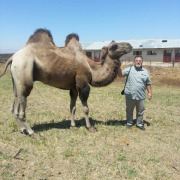

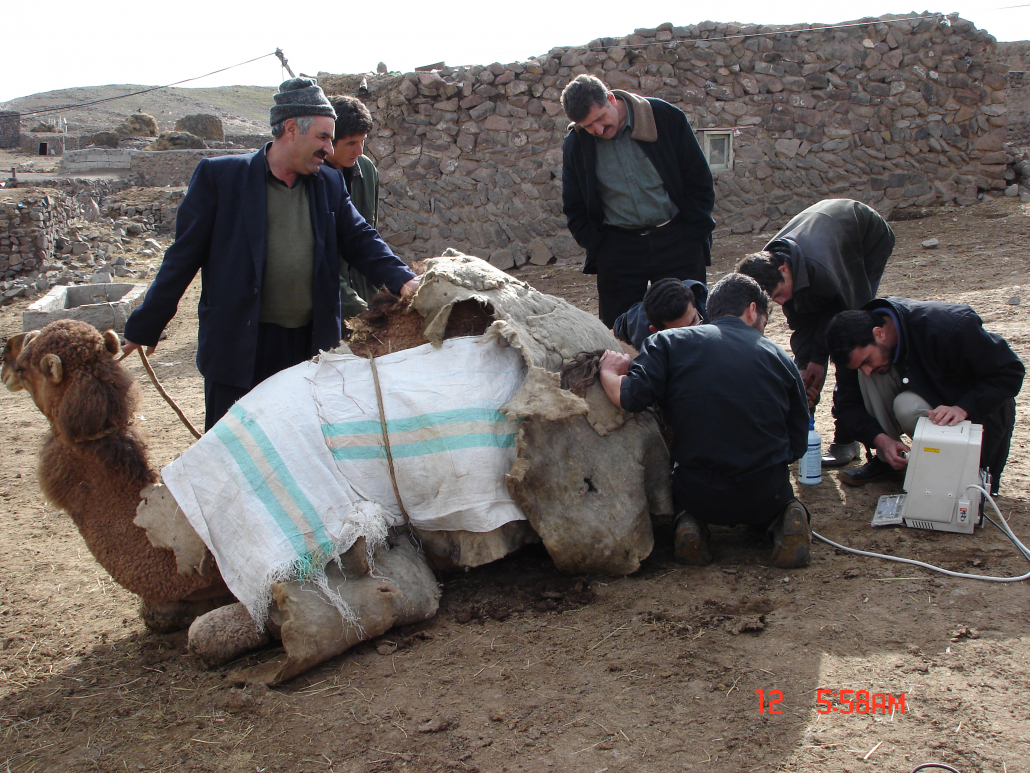
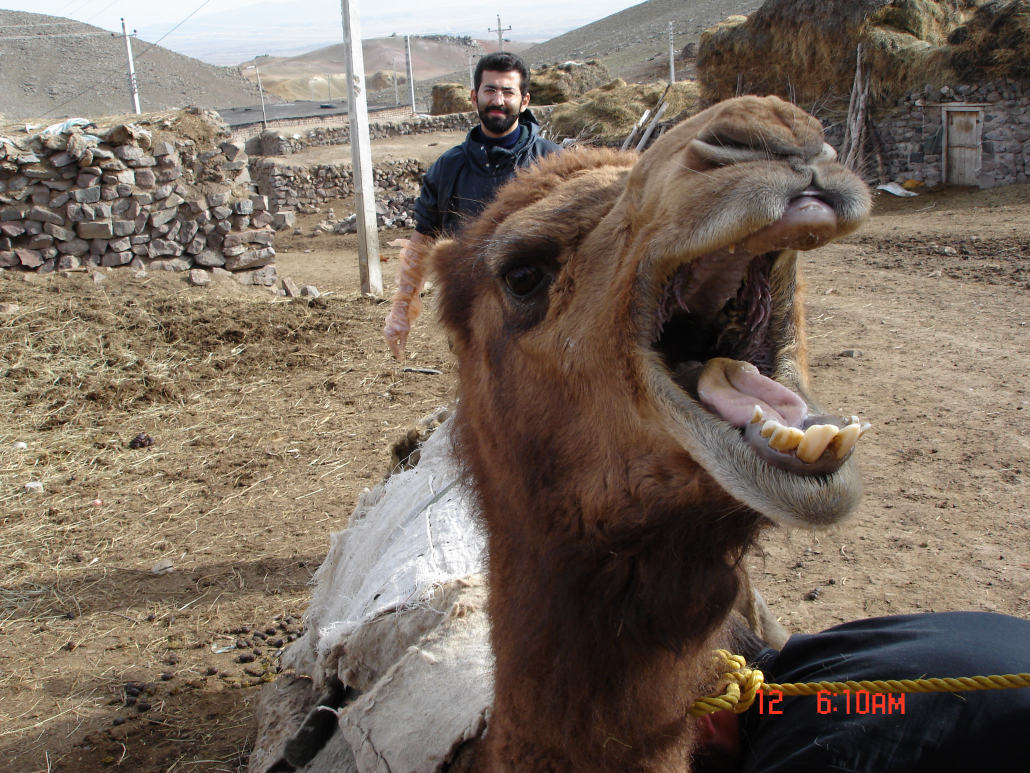
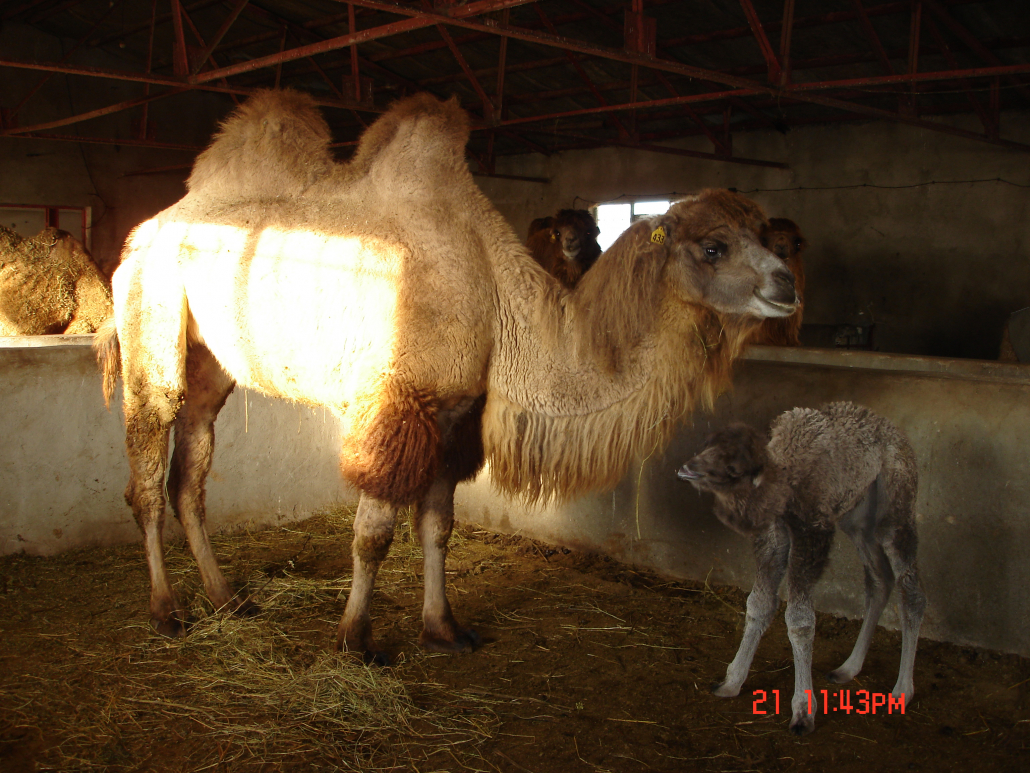
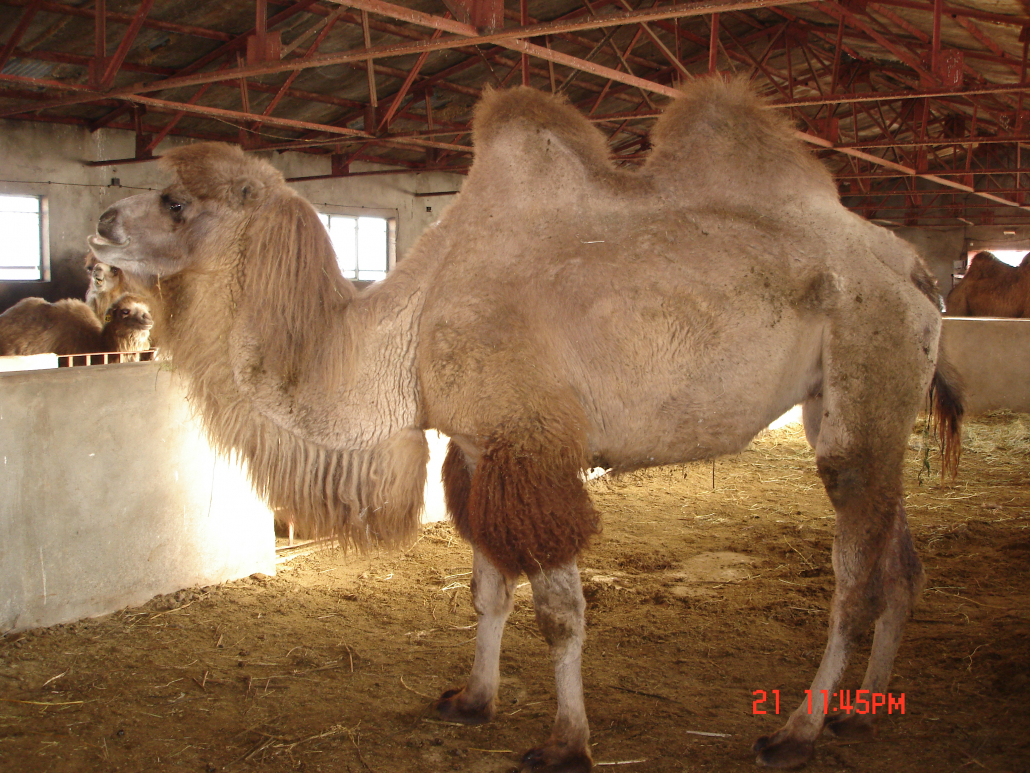
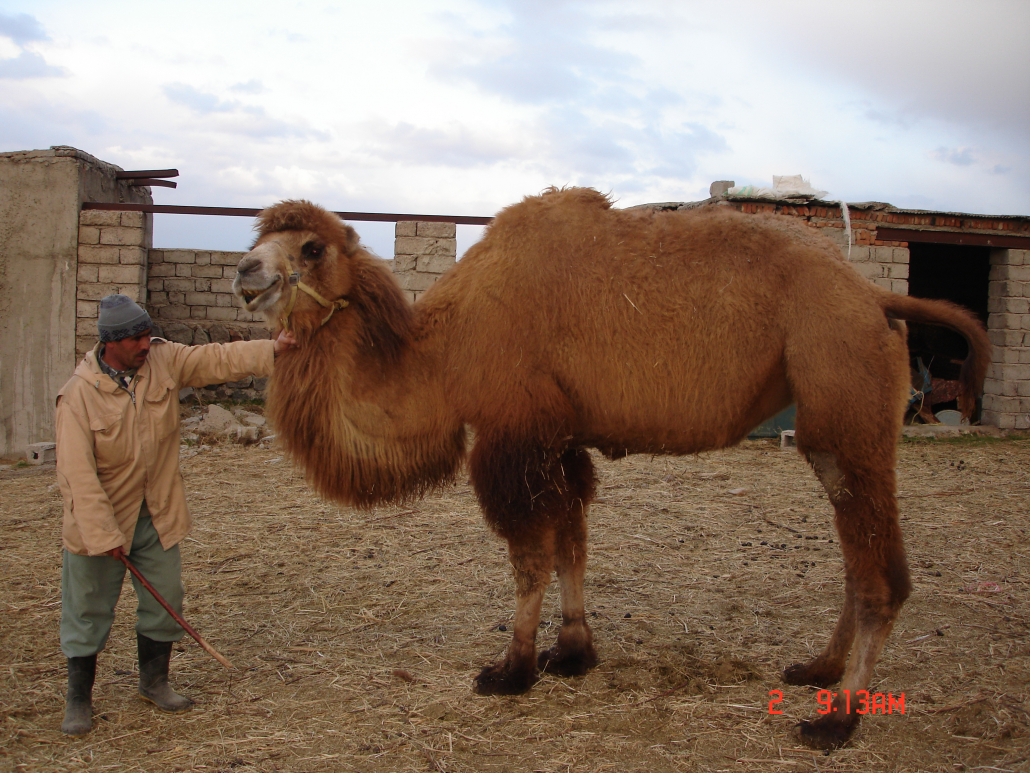
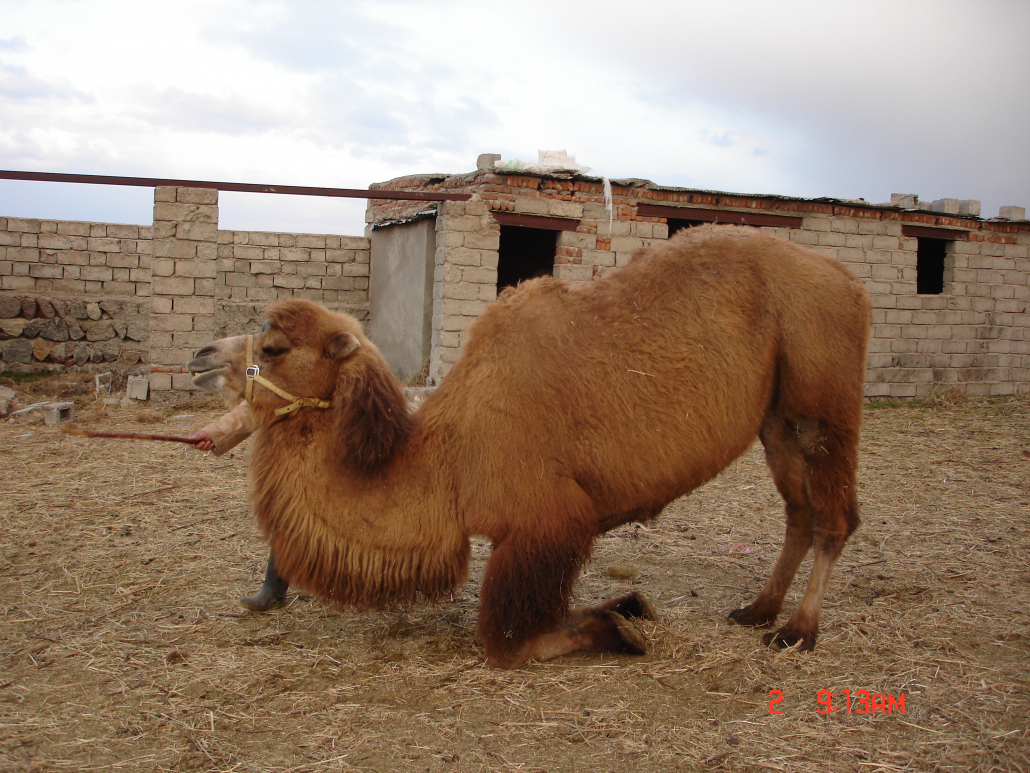
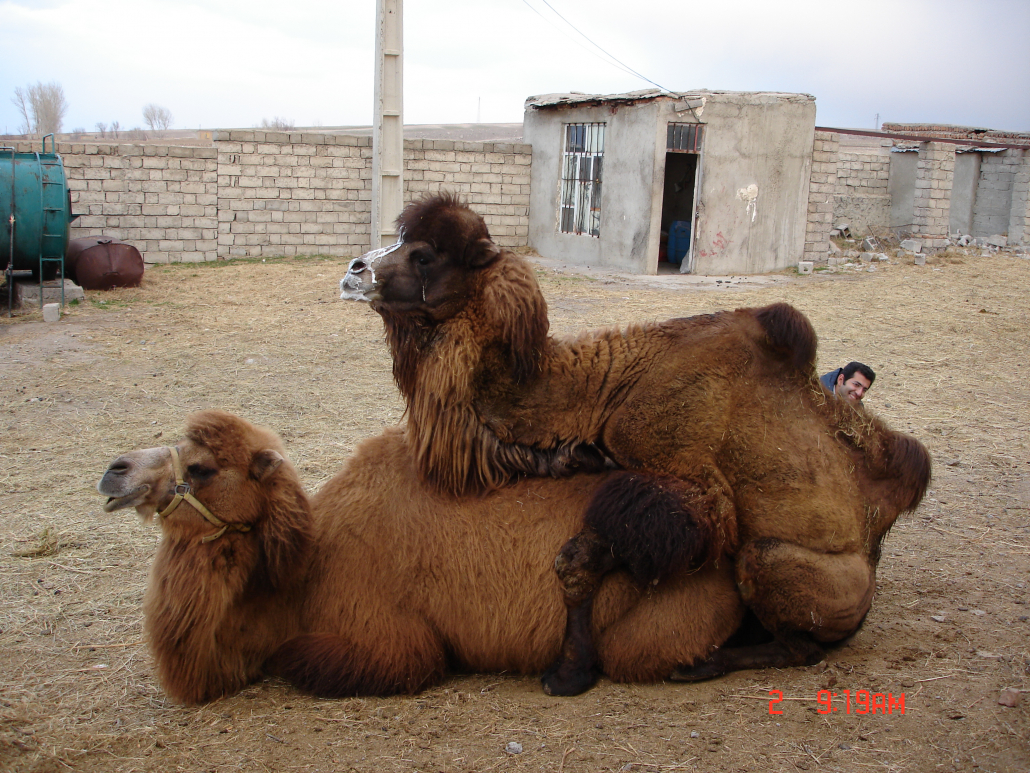
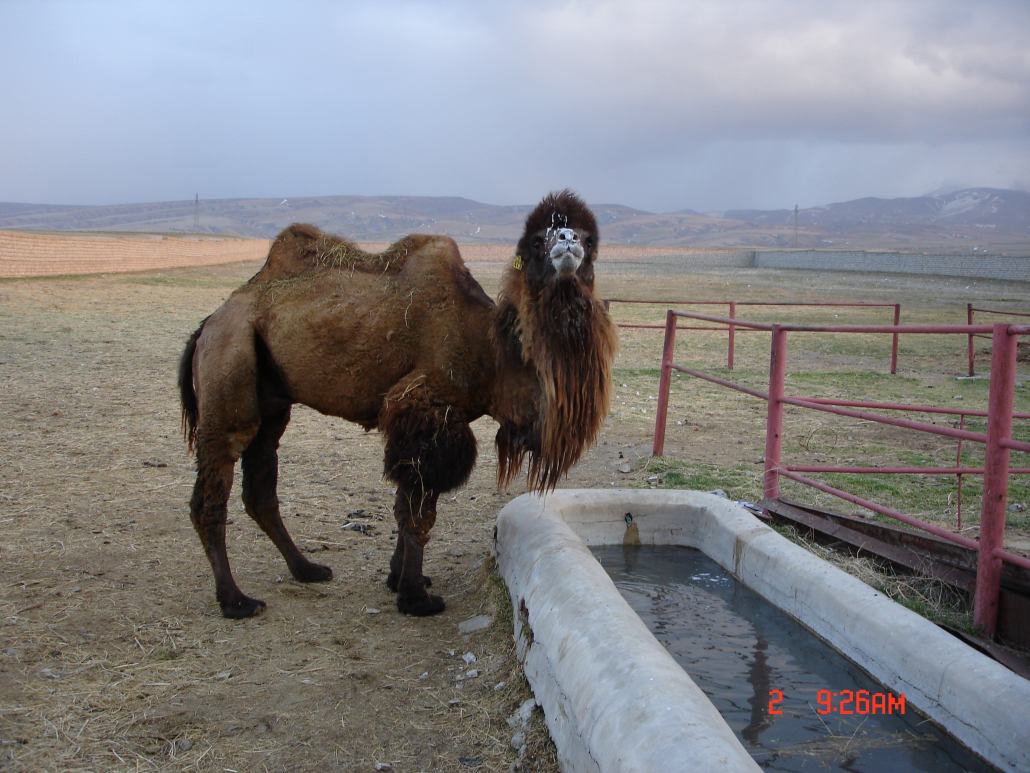

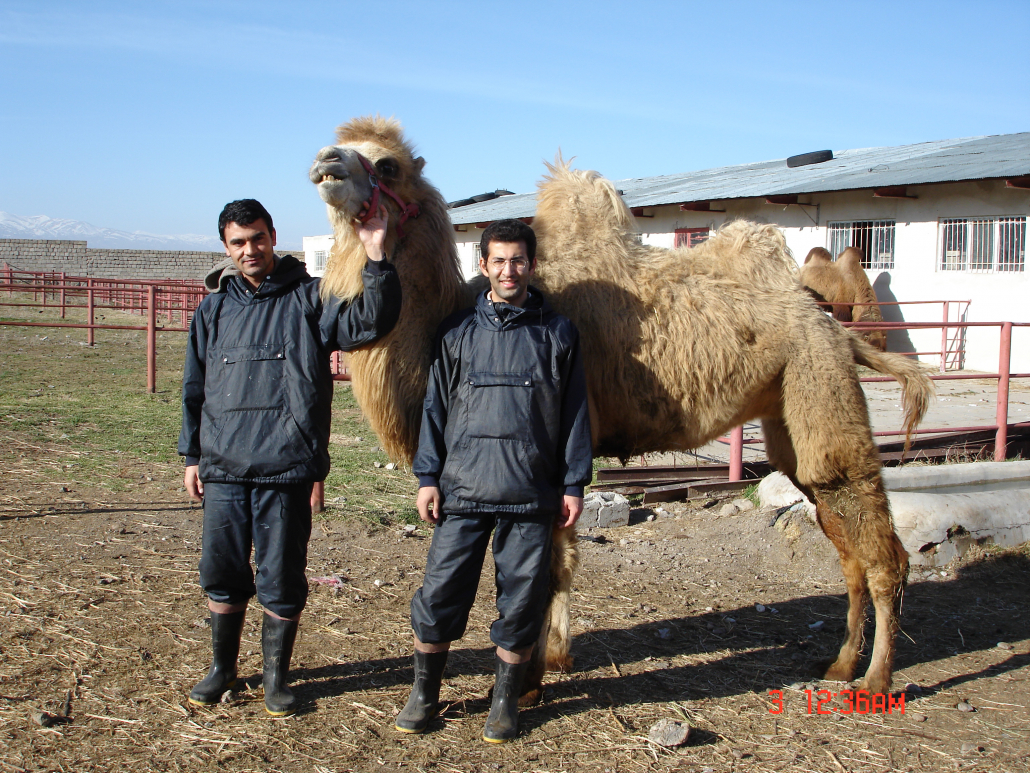
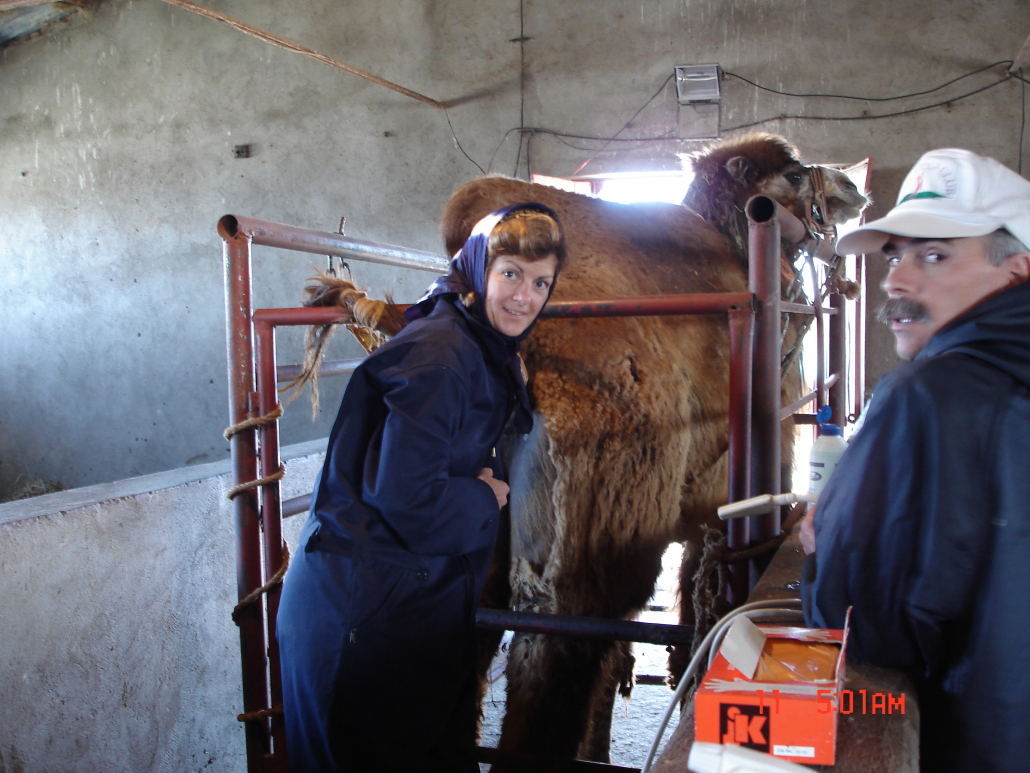

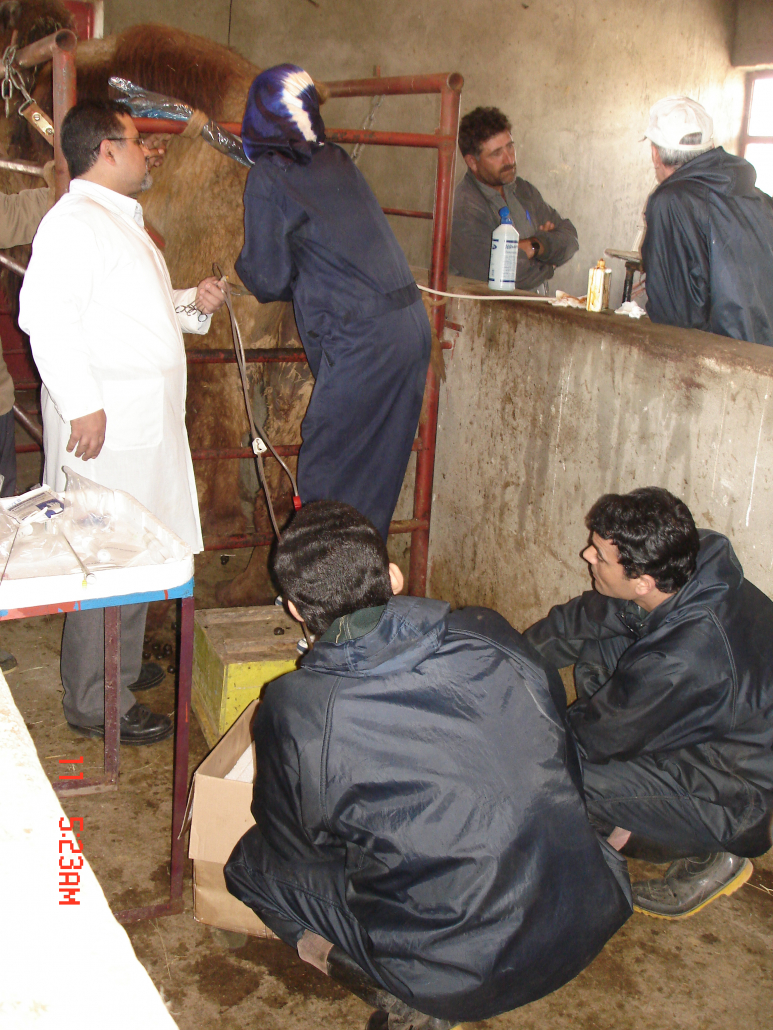

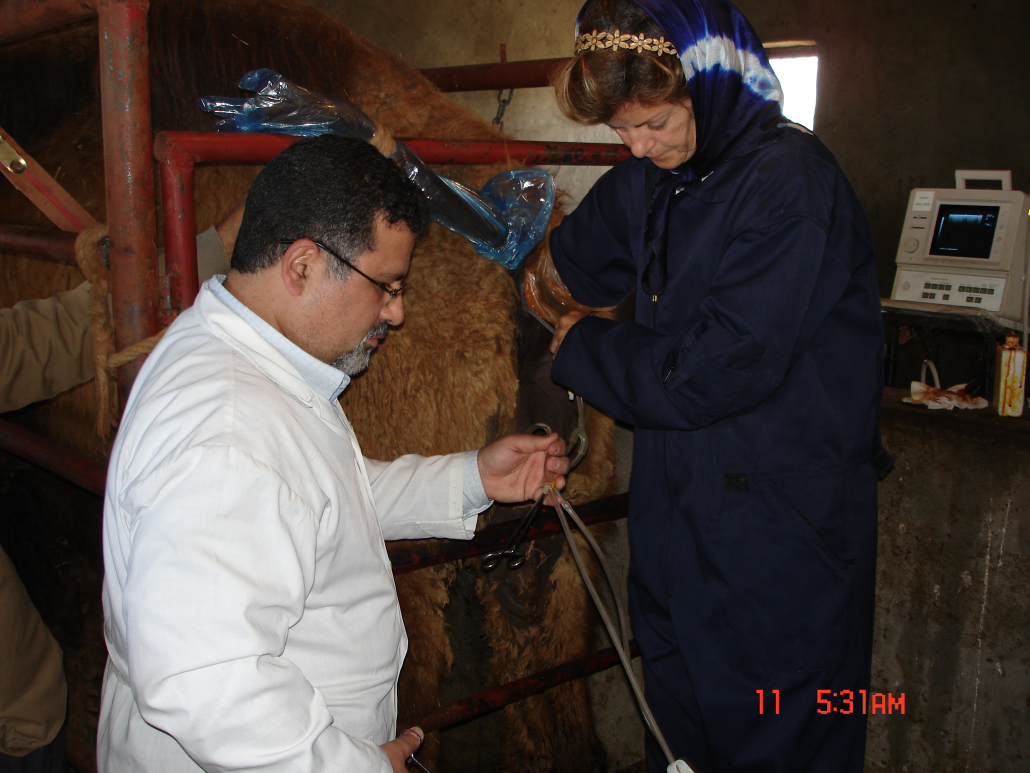

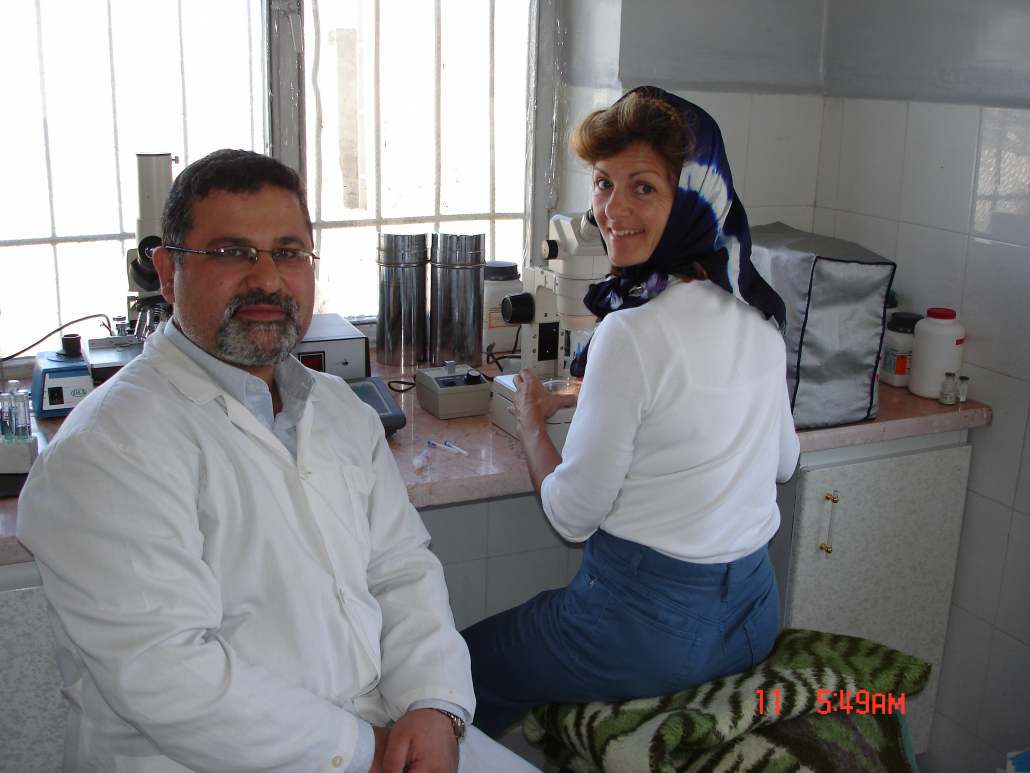
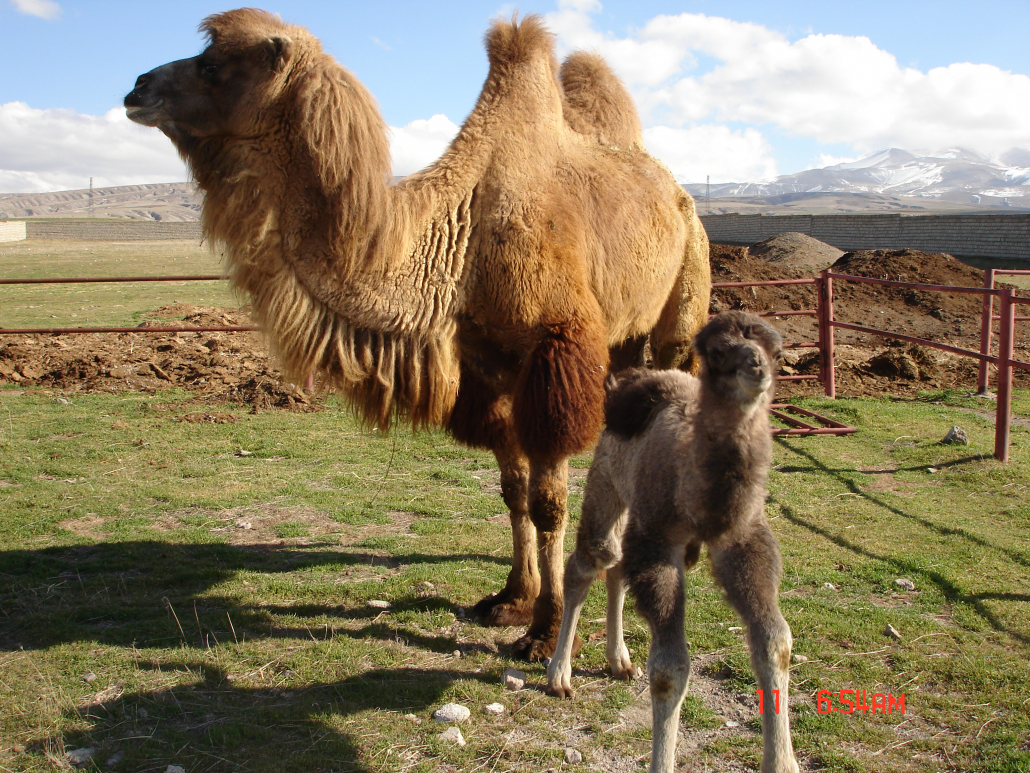

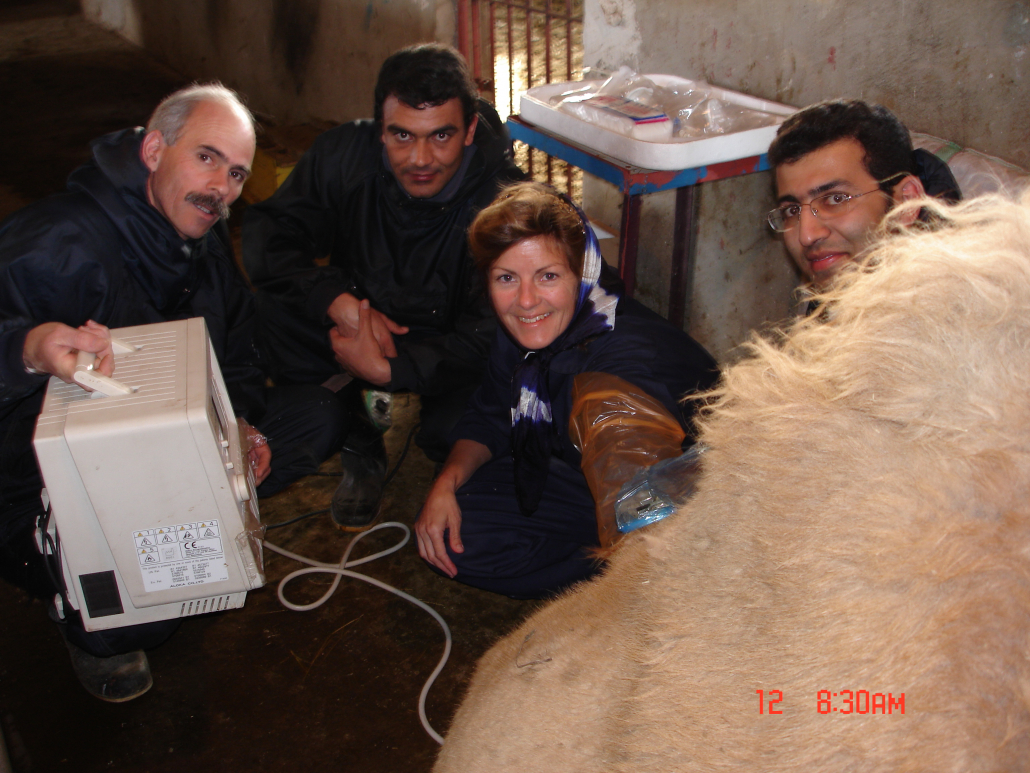
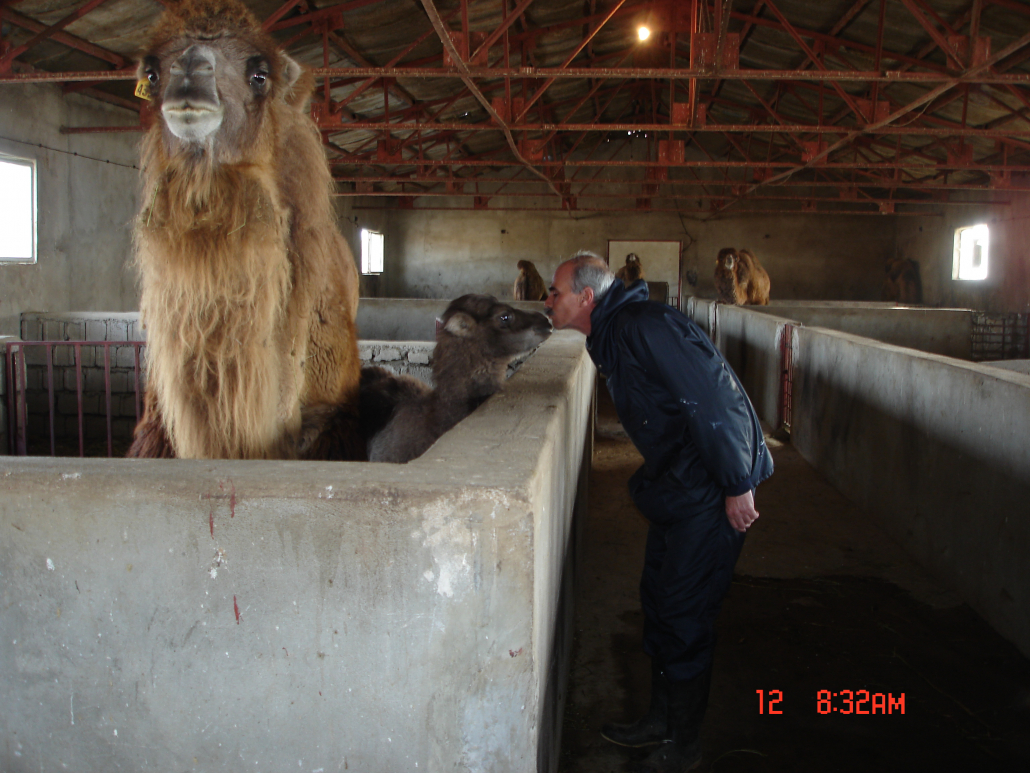

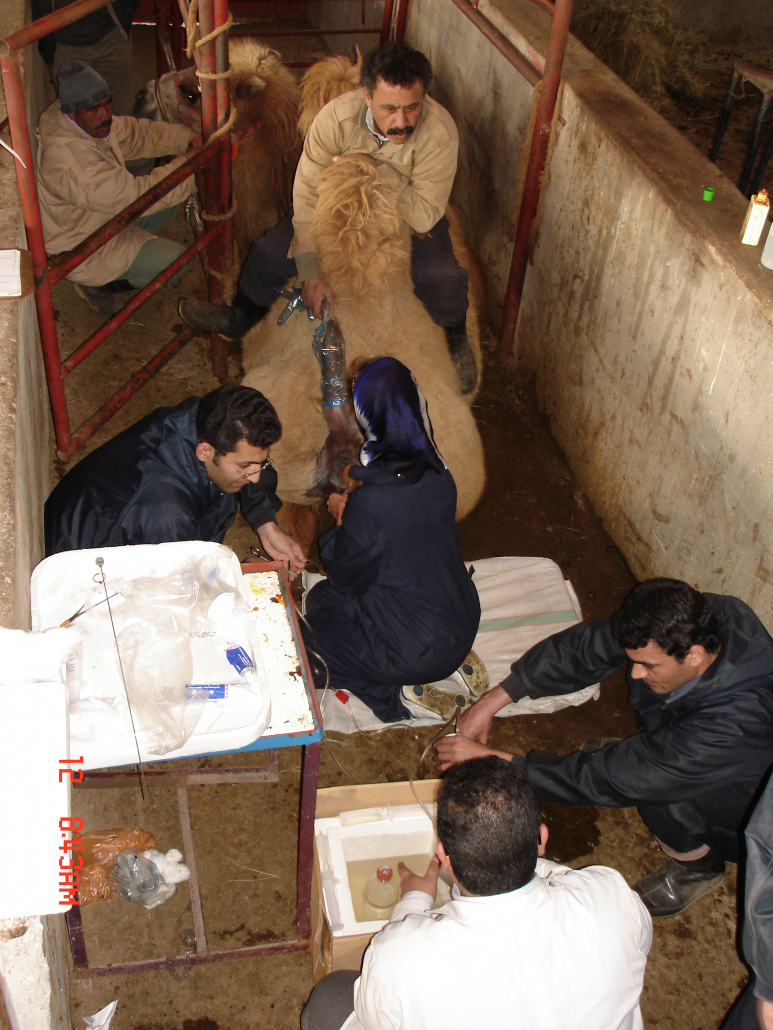
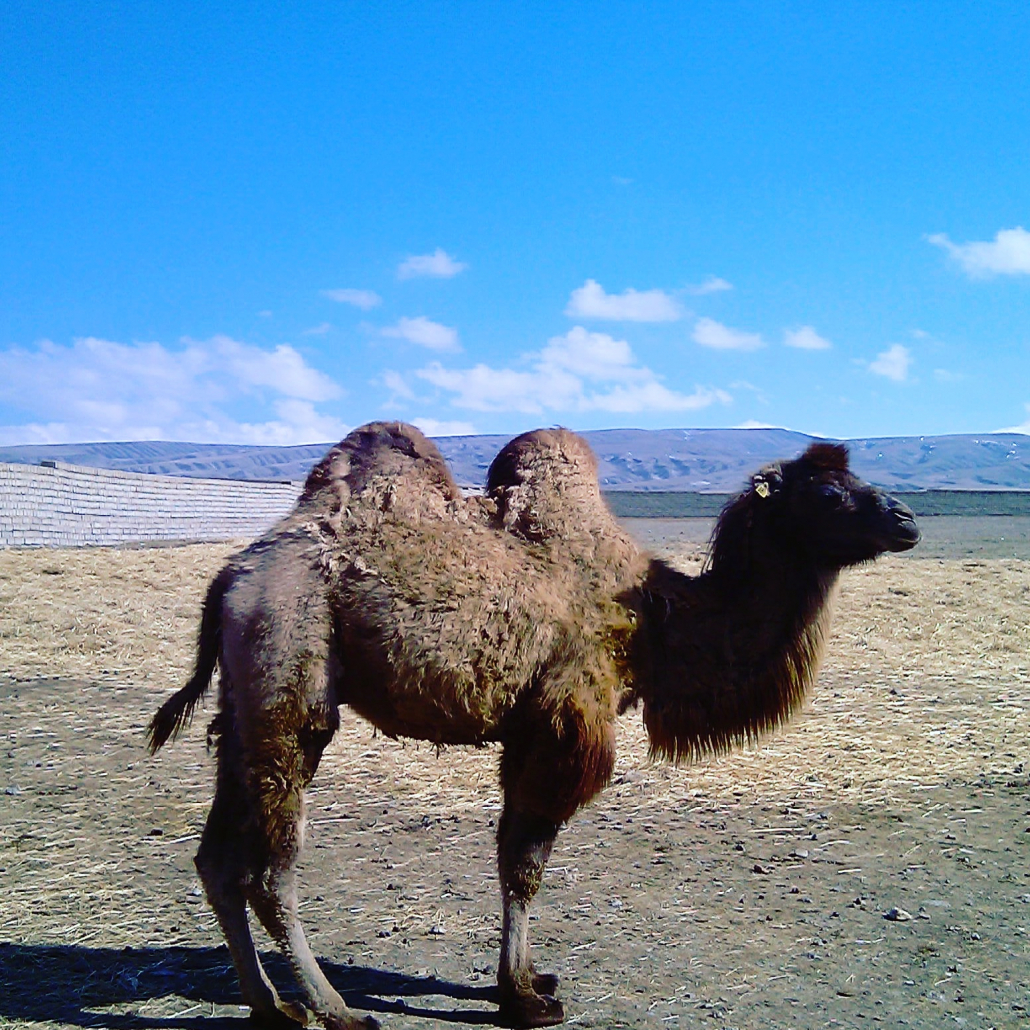
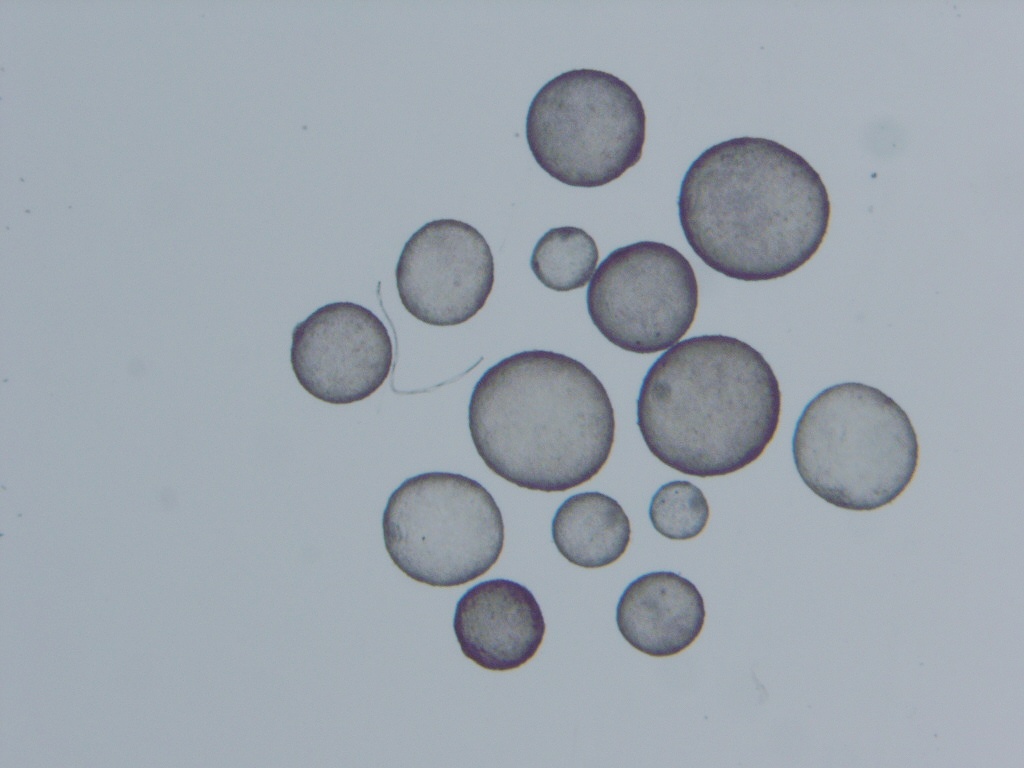
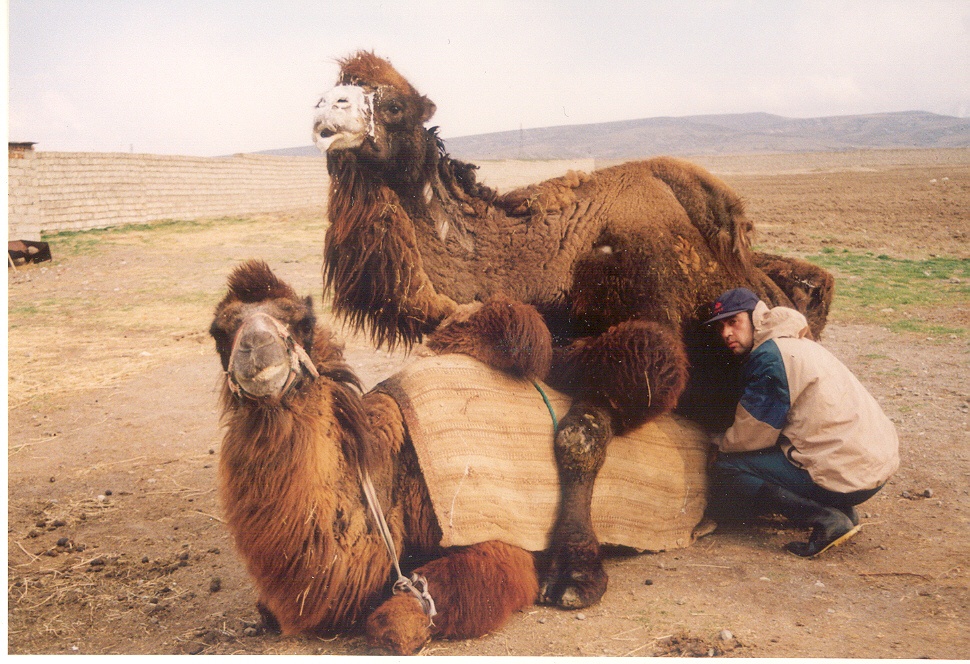
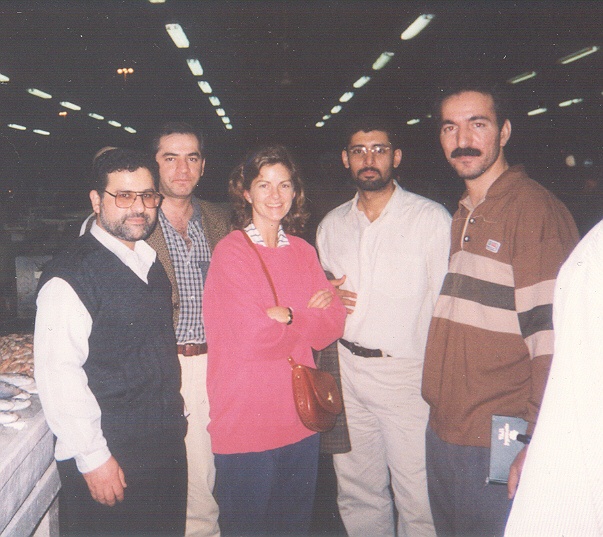
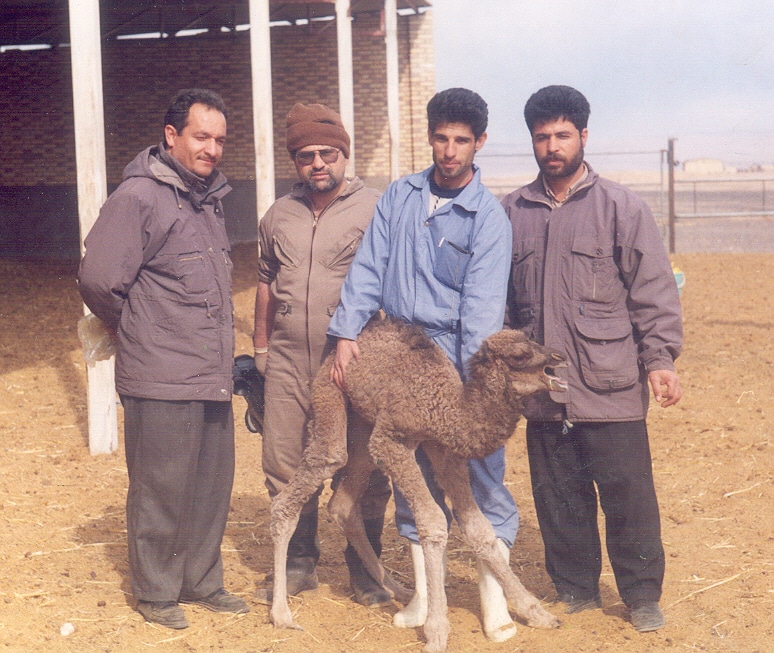
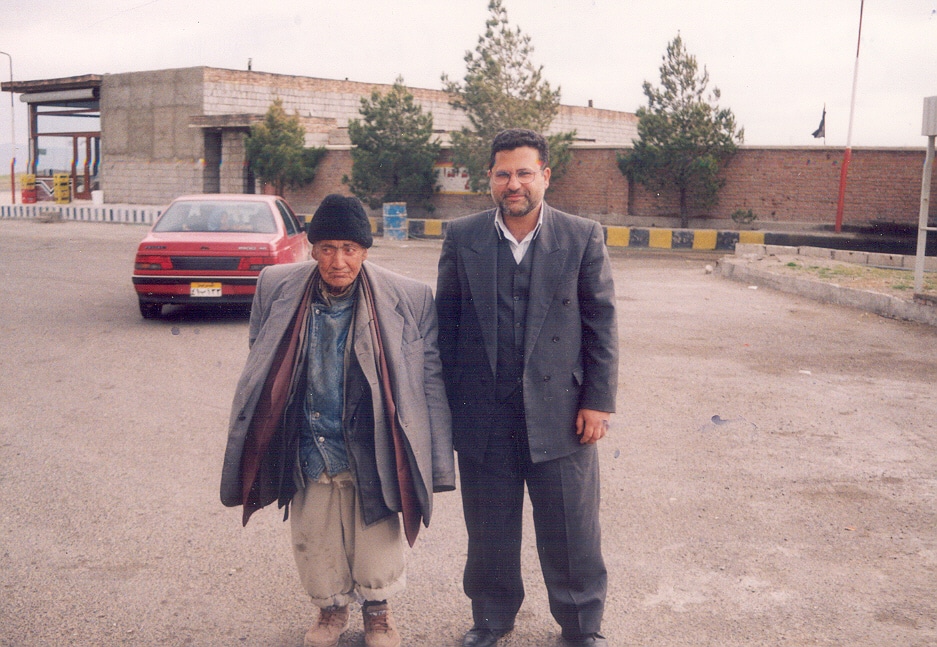
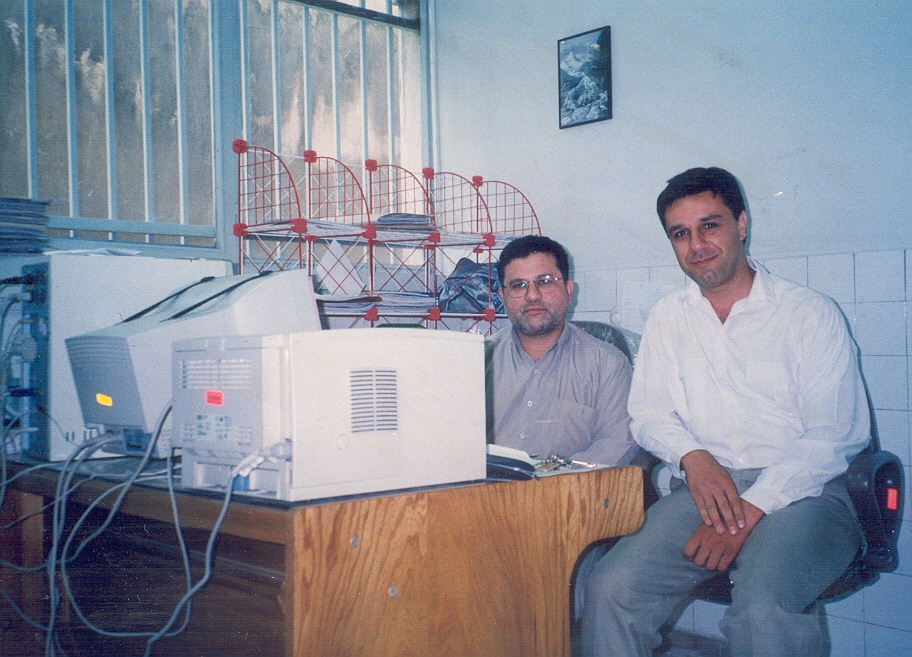
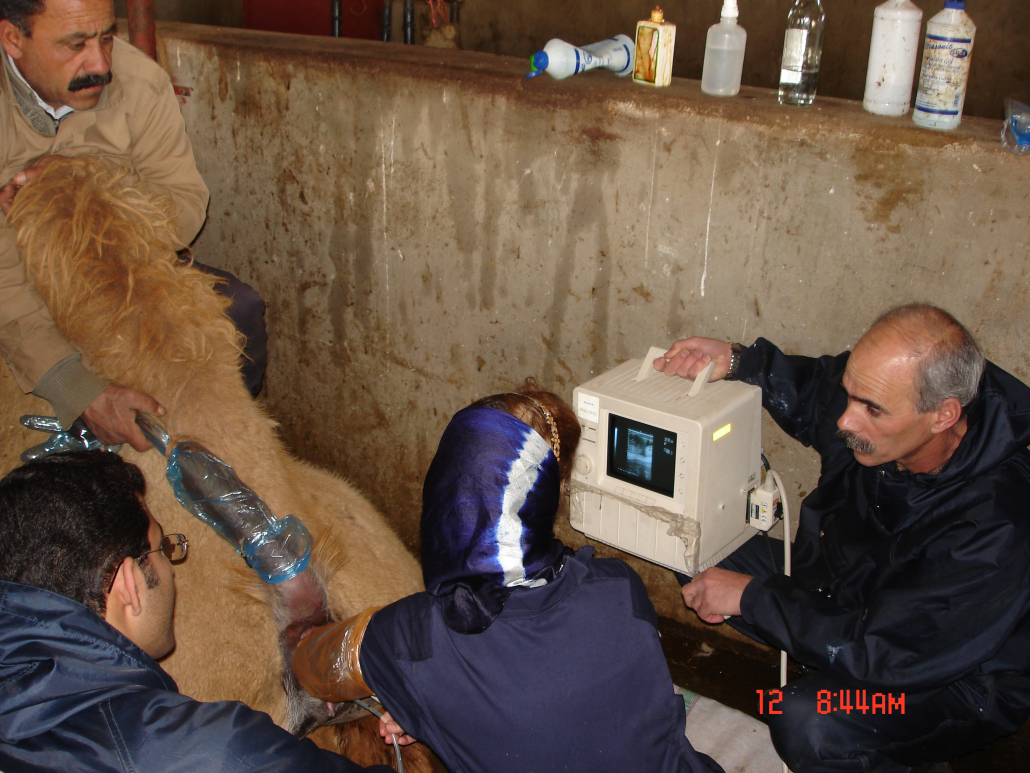


Leave a Reply
Want to join the discussion?Feel free to contribute!